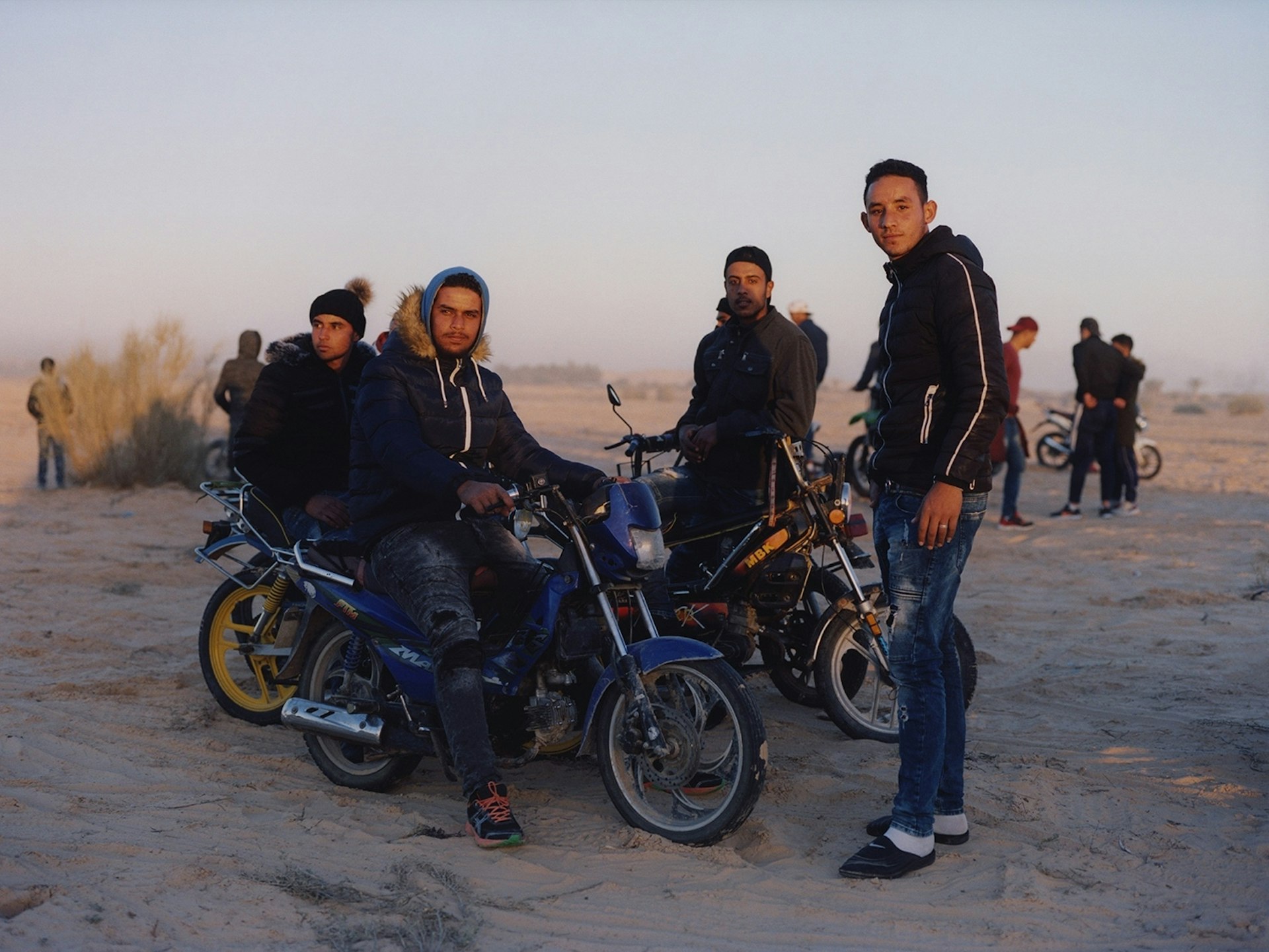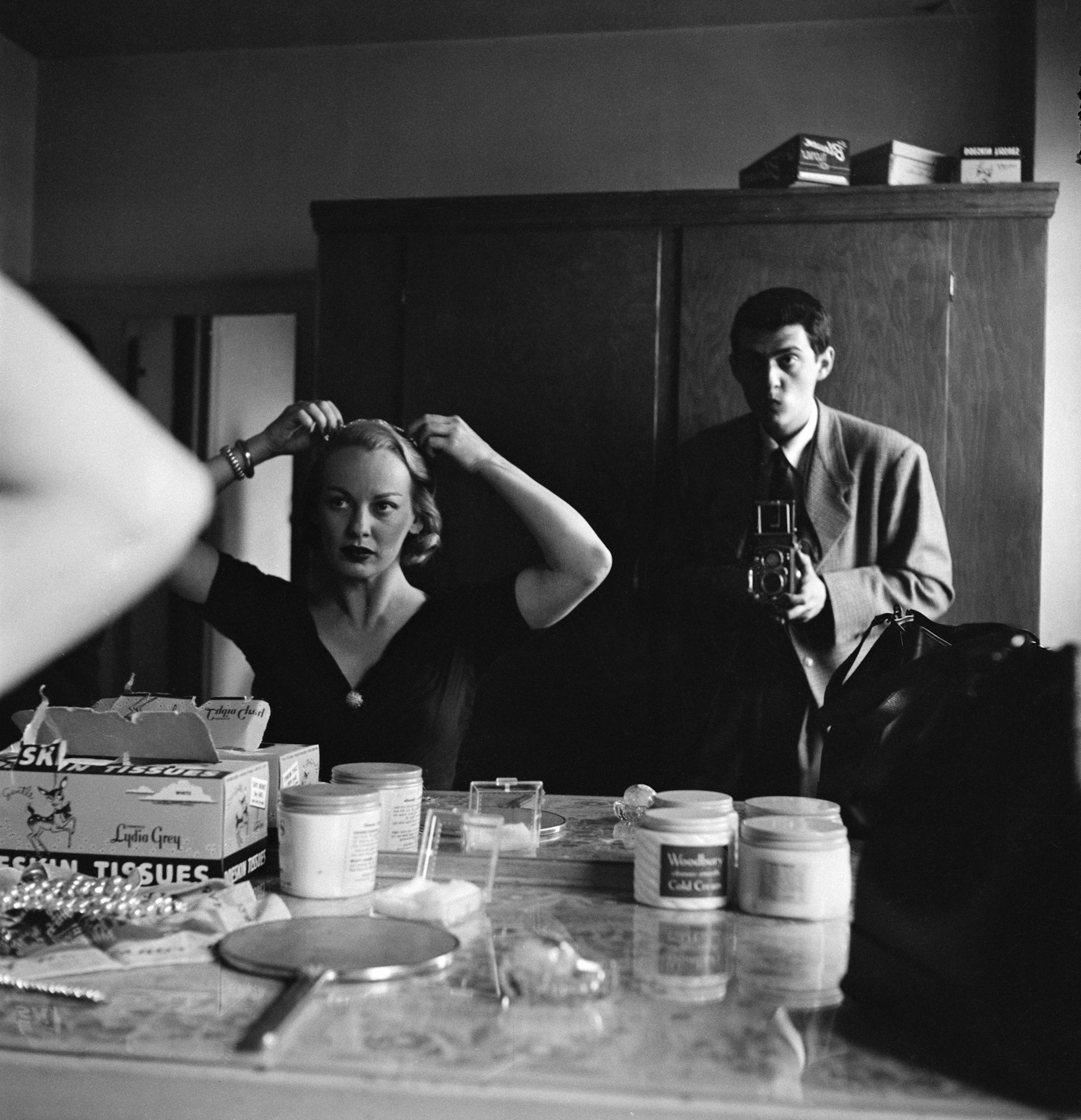
A portrait of Stanley Kubrick as a young photographer
- Text by Miss Rosen
- Photography by Stanley Kubrick
Stanley Kubrick was just 17 years old when he became a staff photographer for Look, one of the biggest large format photo magazines of the ’40s. The Bronx native was a natural behind the camera, capturing scenes of everyday life that perfectly prefigured the intense sensibilities that would come to define his films.
In the era when Weegee ruled the New York photo scene, Kubrick began to carve out a space for himself, shooting the common man and woman as they went about the business of modern life in the years immediately following World War II. Although the scenes could be pedestrian, his photographs were anything but – as Kubrick skillfully crafted a palpable sense of intensity, drama, and tension that made every picture vibrate with life.
Rarely seen photographs from Kubrick’s work for Look at the subject of Through a Different Lens, a new exhibition at the Museum of the City of New York and book published by Taschen. Here, we travel with Kubrick over a period of five years, as he traverses the streets of New York, bringing us onto the movie set, under the big top, into the boxing ring, and backstage on Broadway to get a look at extraordinary lives as they unfolded.
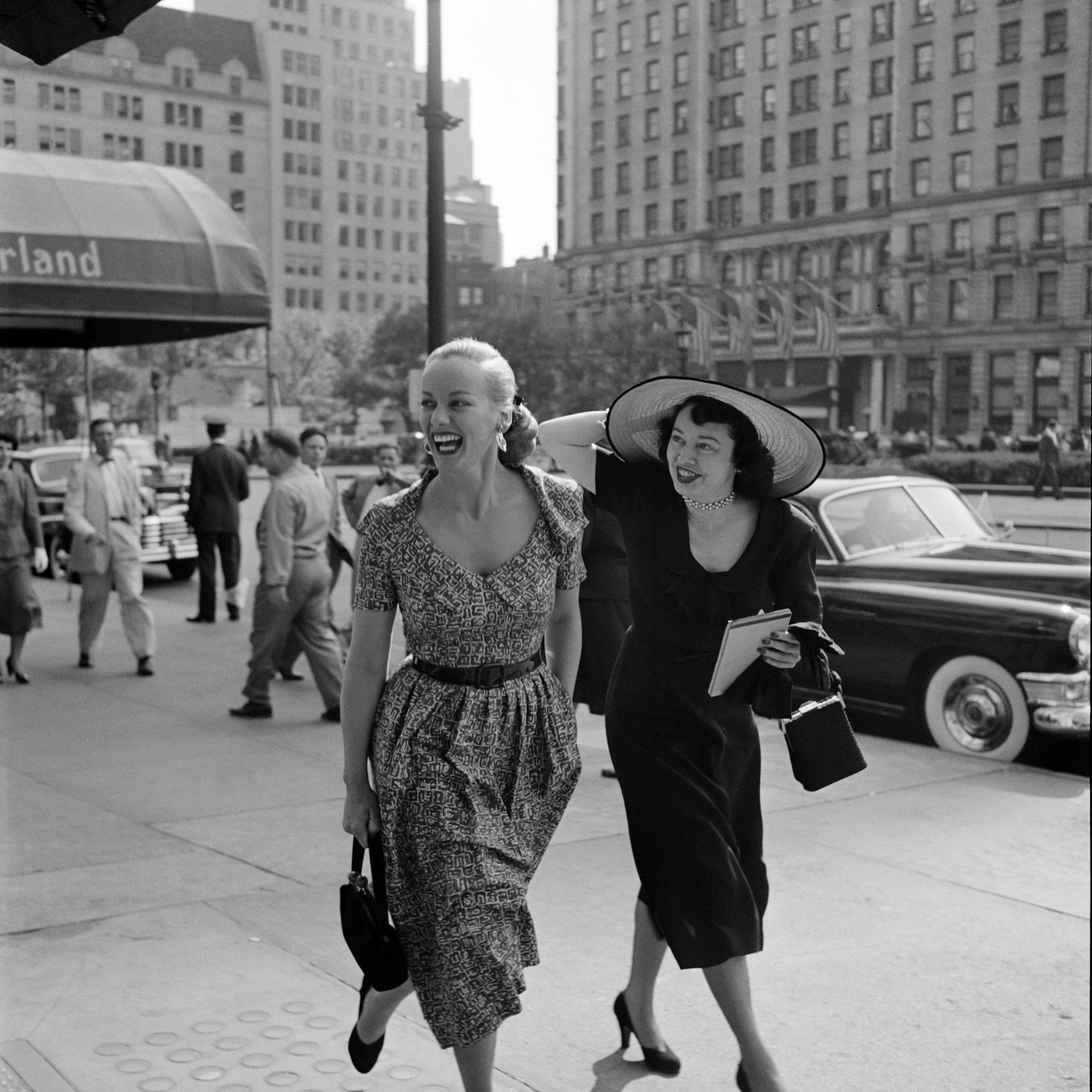
Stanley Kubrick, From “Faye Emerson: Young Lady in a Hurry,” 1950. Courtesy of the Museum of the City of New York / SK Film Archive, LLC
During an era before television became the mainstay, magazines like Look, Life, and National Geographic were the primary source of visual information and entertainment for the masses.
“The magazines had big budgets and it was a good paying gig for someone Kubrick’s age,” Reuel Golden, the book’s editor, explains. “The photographers were also given a certain amount of creative freedom to find their own path creatively and aesthetically. Look had a very collegiate atmosphere and it was a very good place to learn how to collaborate, to learn about photography, and to learn how to look – to use a pun.”
Taken in retrospect, the photographs offer a prelude to the sensibilities of the filmmaker Kubrick would become. In fact, his 1949 story “Prizefighter” about boxer Walter Cartier became the point of departure for his first film, a 16-minute feature that premiered in 1951 and distributed worldwide. His work for Look helped the budding filmmaker understand how to allow a story to unfold visually, driven by character, plot, and anticipation through emotion and gesture, light and shadow, composition and framing.
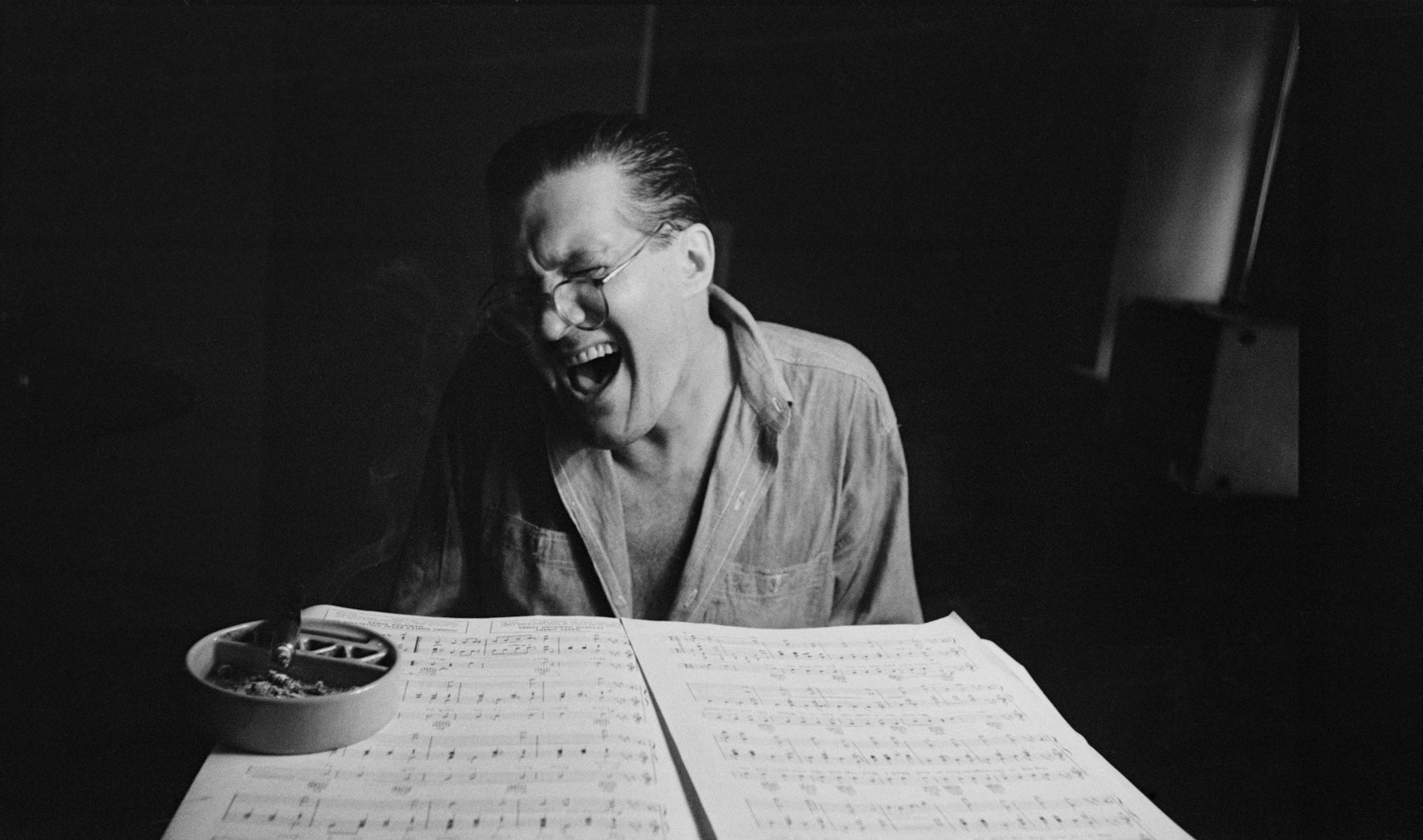
Stanley Kubrick, from “Peter Arnold, Sophisticated Cartoonist”, 1949
“Kubrick was in charge and almost directing the proceedings,” Golden says. “In these photographs, there is a sense that he is always in the frame. There’s a story where he is a following a day in the life one of the starlets and there is a sense that often the action is unseen but it is alluded to in his pictures, much like in The Shining, where a lot of what is going on in the viewer’s imagination.”
“I think that’s why is Kubrick is a brilliant film director: what he shows is very powerful but often what is going beyond that is something extraordinary that takes the viewer into another dimension. There are instances where you see the power that he has over the viewer, whether it is the still photograph or the movie.”
Kubrick’s photographs also show his intuitive ability to capture the moment when a person’s outer appearance and their inner being intersect to reveal the curious tension between illusion, reality and representation. Whether photographing kids hanging out on the street, young couples of a date, or adults lost in a moment of personal truth, Kubrick’s striking use film noir aesthetics finds its way into the work, adding an air of spectacle and mystery to the familiar scene as it is unfolding. The longer you look at these images, the more you can feel them come alive, as though there are scenes from a lost Kubrick film that you remember seeing once, years ago, very late at night.
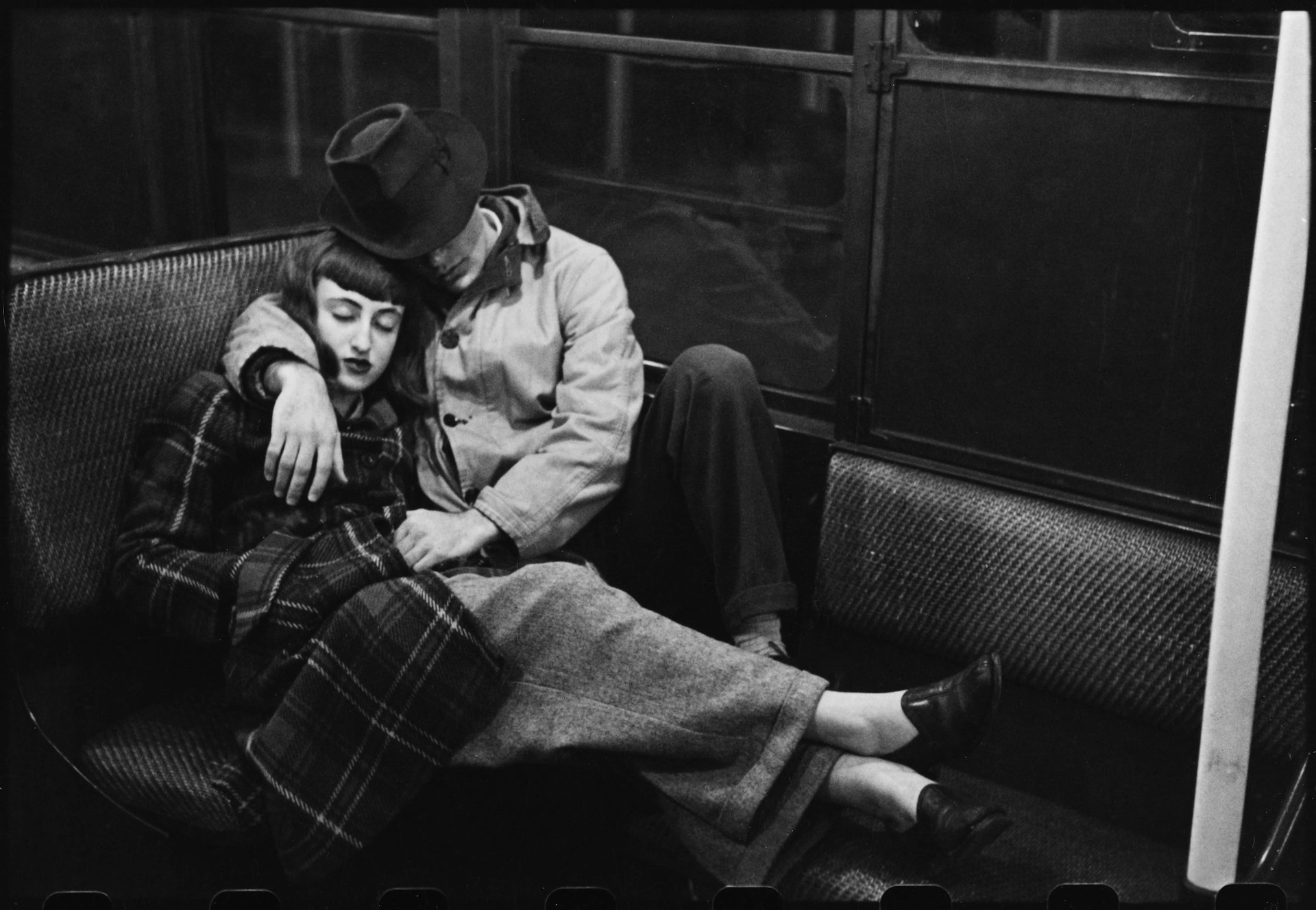
Stanley Kubrick, from “Life and Love on the New York City Subway”, 1947
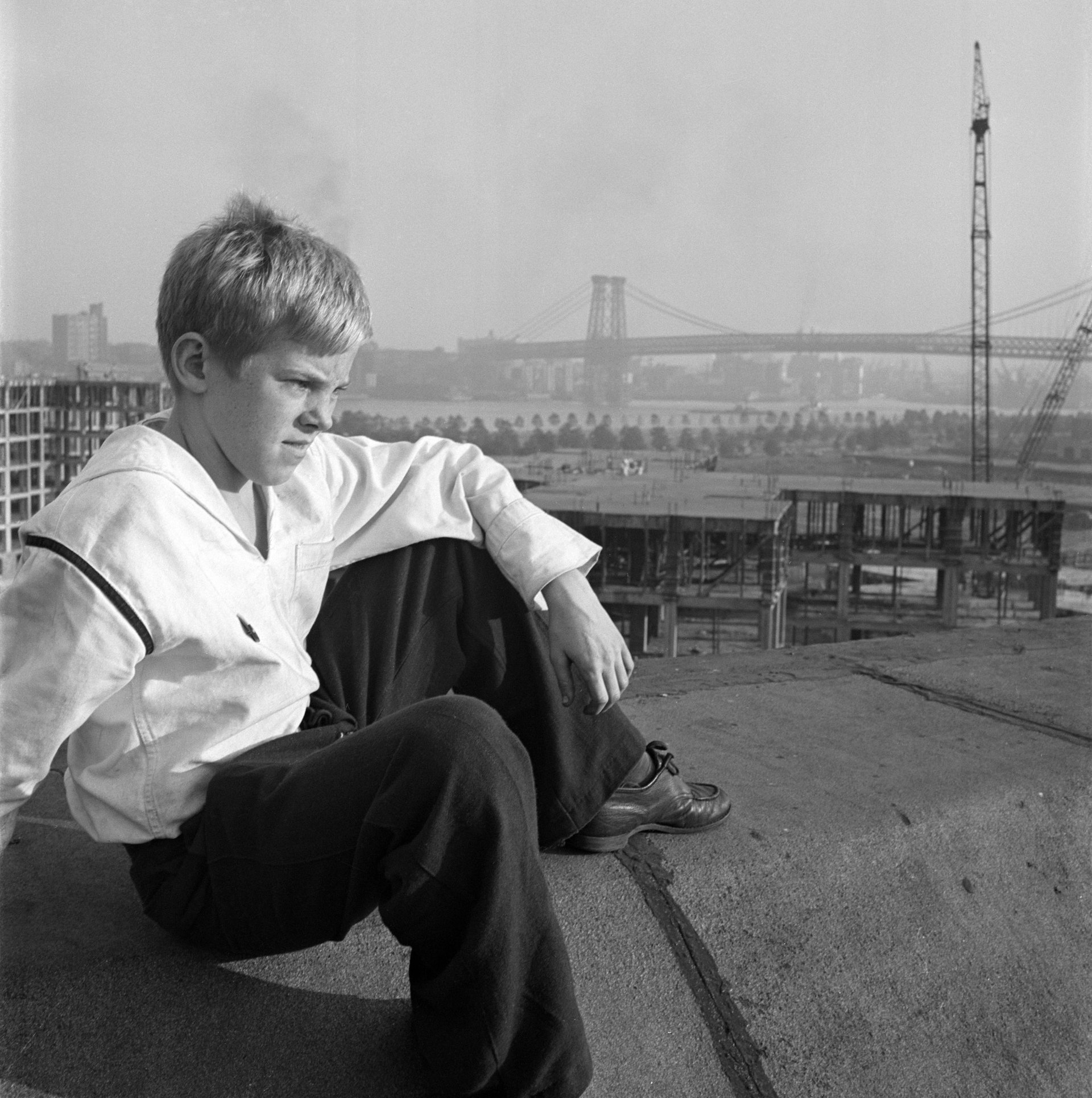
Stanley Kubrick, From unpublished assignment “Shoeshine Boy,” 1949. Courtesy of the Museum of the City of New York / SK Film Archive, LLC
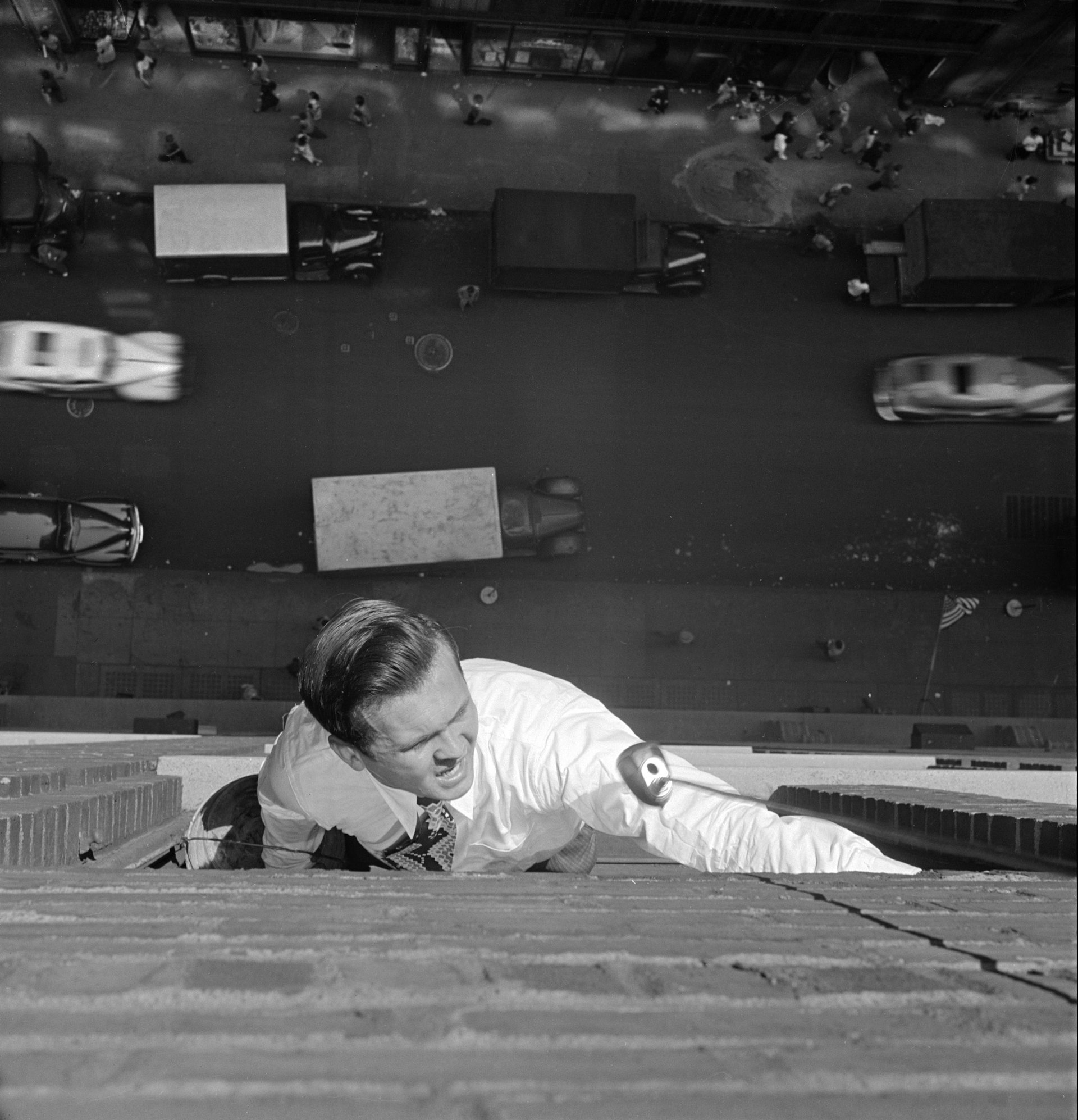
Stanley Kubrick, From “Johnny on the Spot: His Recorded Adventures Mirror the New York Scene,” 1946. © SK Film Archives, LLC/Museum of the City of New York
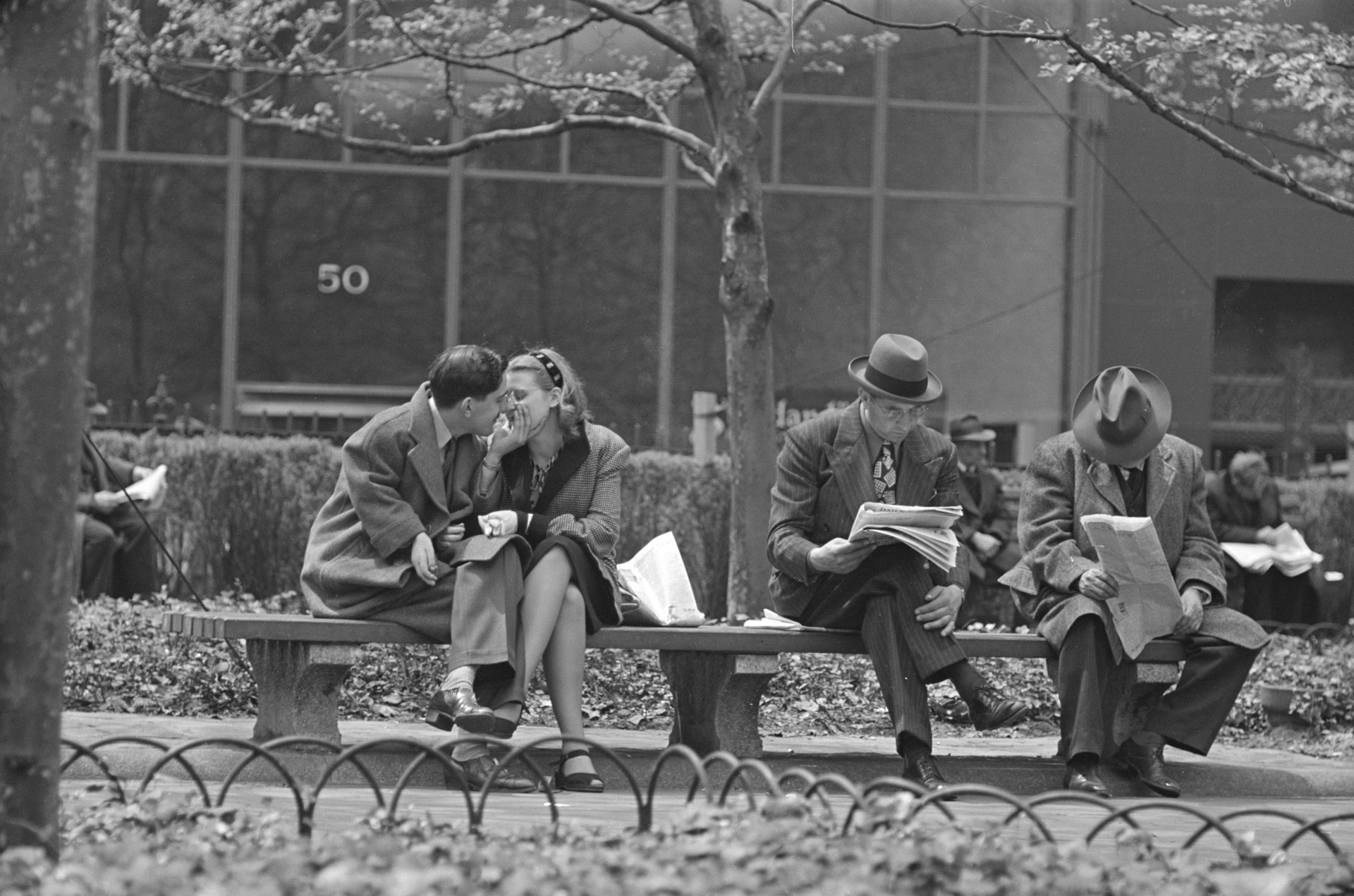
Stanley Kubrick, from “Park Benches: Love is Everywhere”, 1946
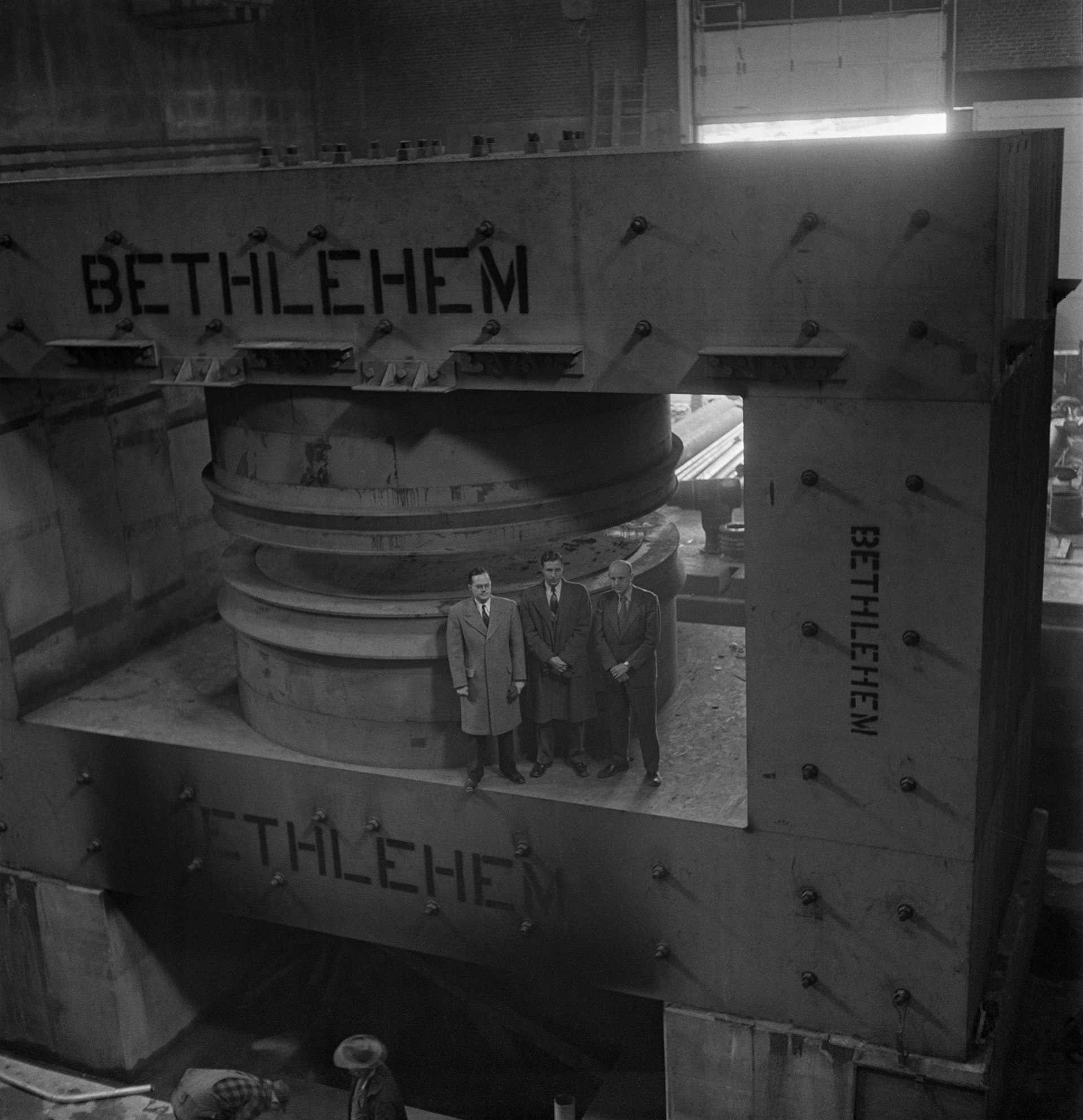
Stanley Kubrick, From “Columbia University,” 1948. Courtesy of the Museum of the City of New York / SK Film Archive, LLC
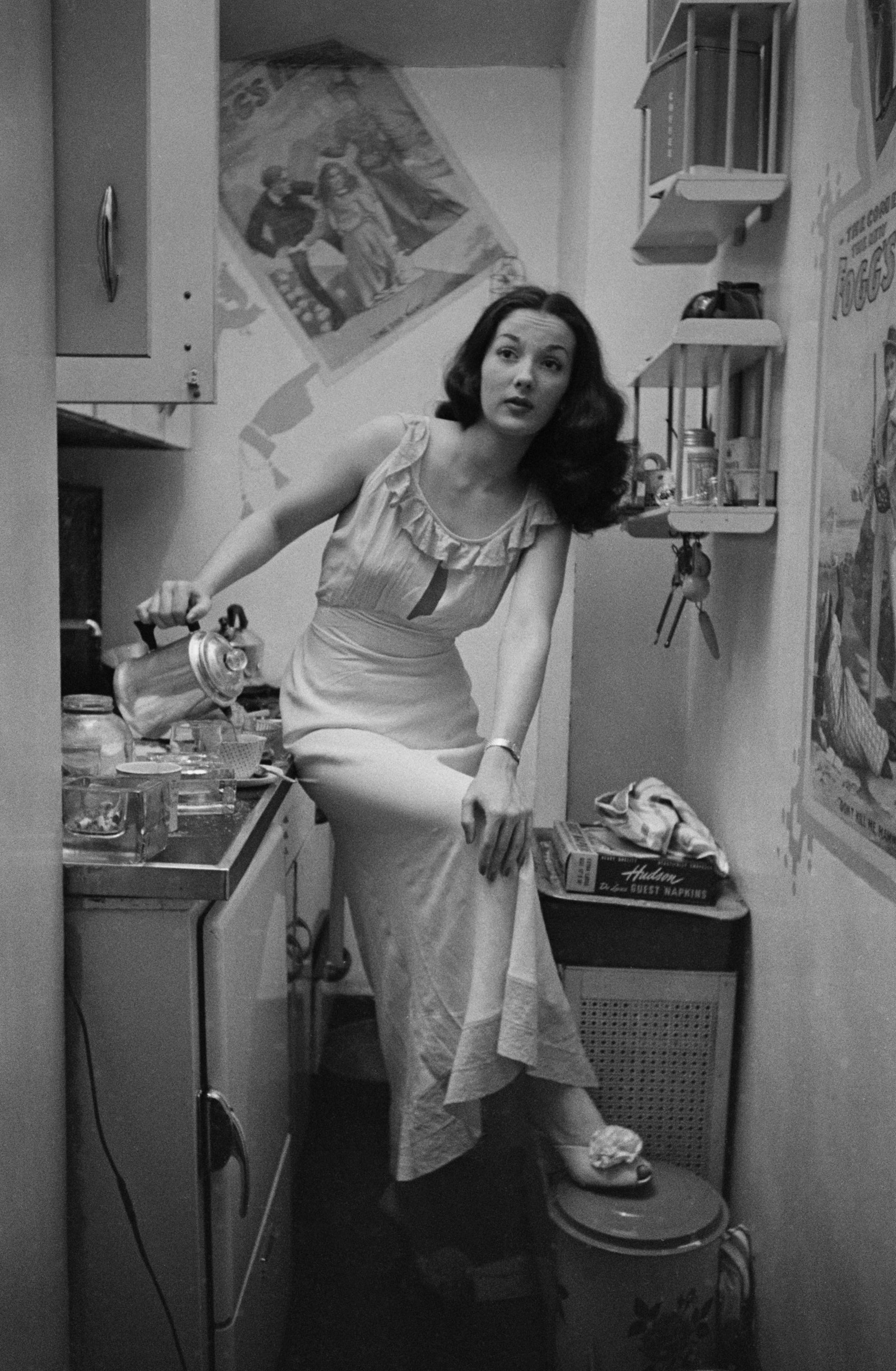
Stanley Kubrick, from “Rosemary Williams – Showgirl”, 1948

Stanley Kubrick, From “Fun at an Amusement Park: Look Visits Palisades Park,” 1947. Courtesy of the Museum of the City of New York / SK Film Archive, LLC
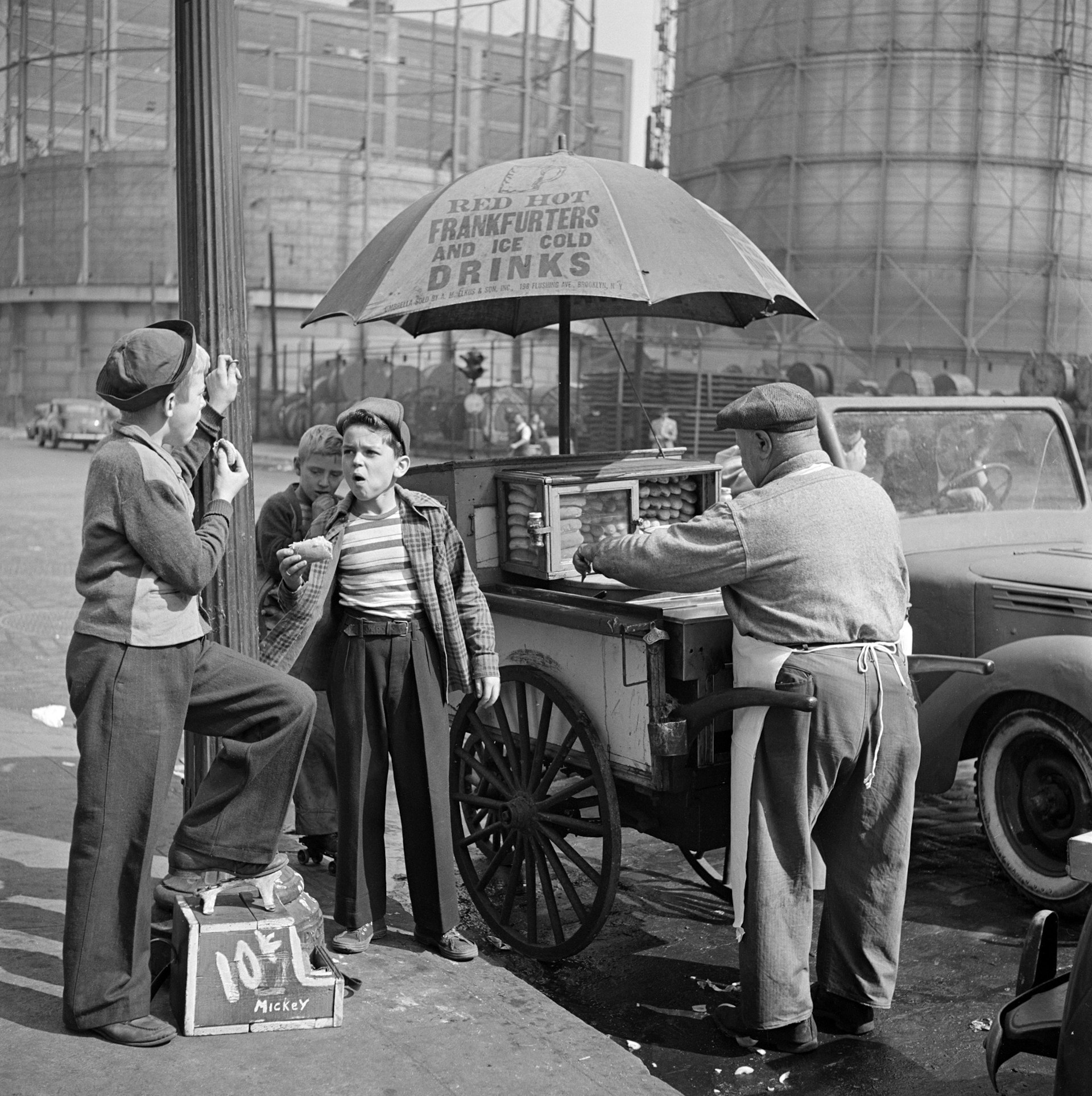
Stanley Kubrick, from “Shoeshine Boy”, 1947
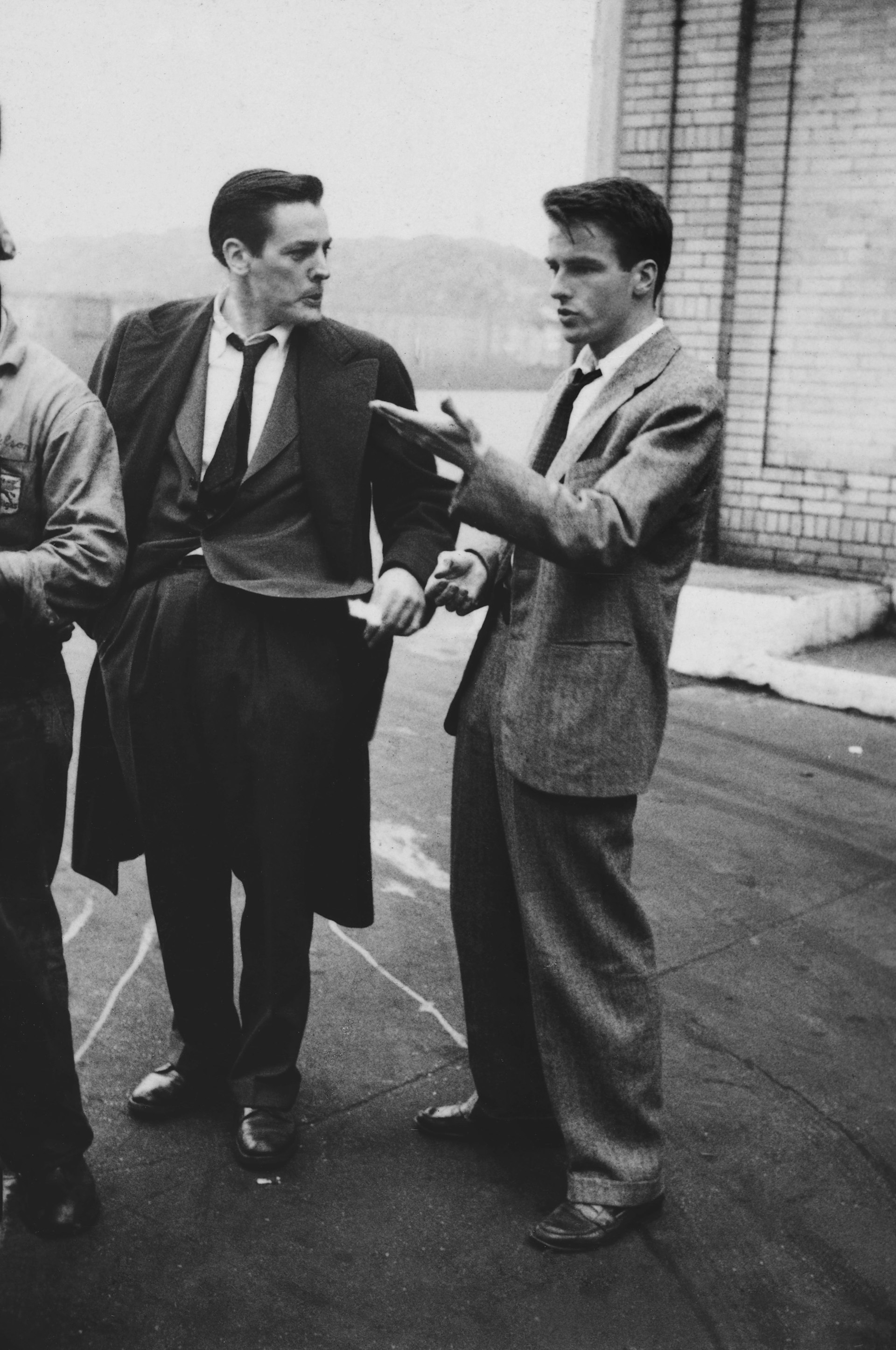
Stanley Kubrick, Montgomery Clift with fellow actor Kevin McCarthy from “Montgomery Clift: Glamour Boy in Baggy Pants”, 1949

Stanley Kubrick, Stanley Kubrick with Faye Emerson from “Faye Emerson: Young Lady in a Hurry”, 1950
Through a Different Lens: Stanley Kubrick Photographs is on view at the Museum of the City of New York through October 28, 2018.
Follow Miss Rosen on Twitter.
Enjoyed this article? Like Huck on Facebook or follow us on Twitter.
